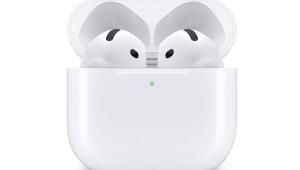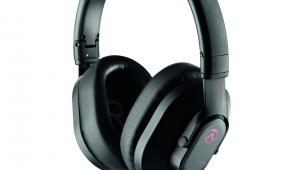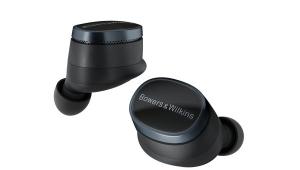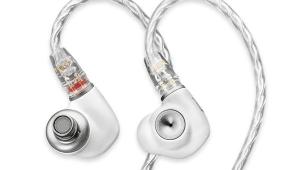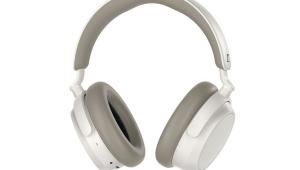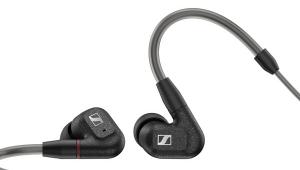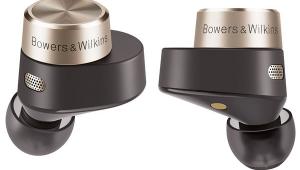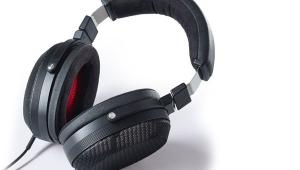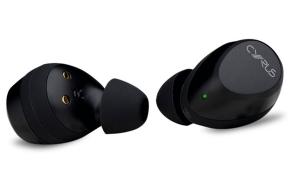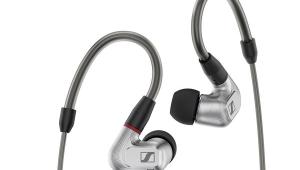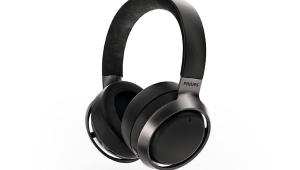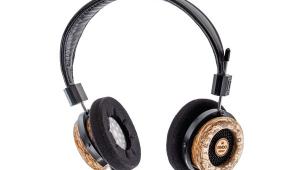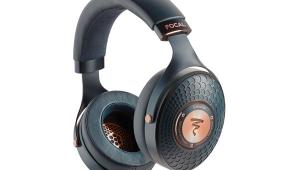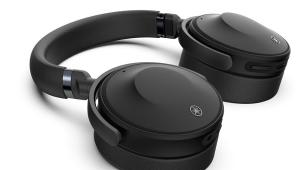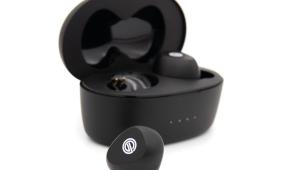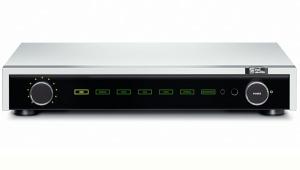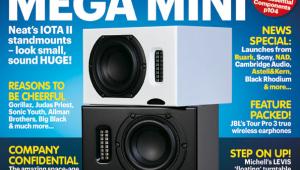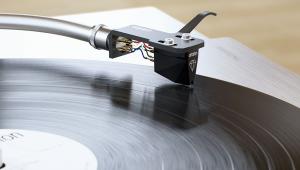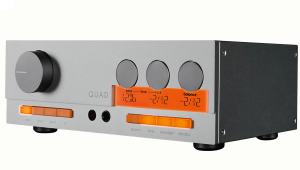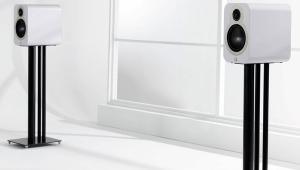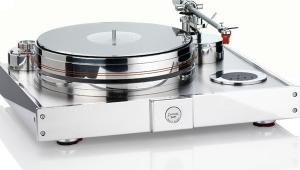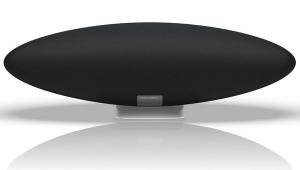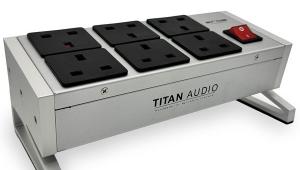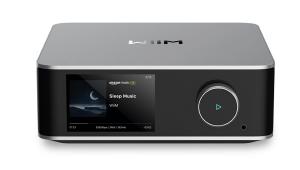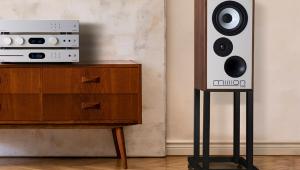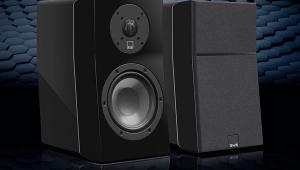JBL Club 950NC
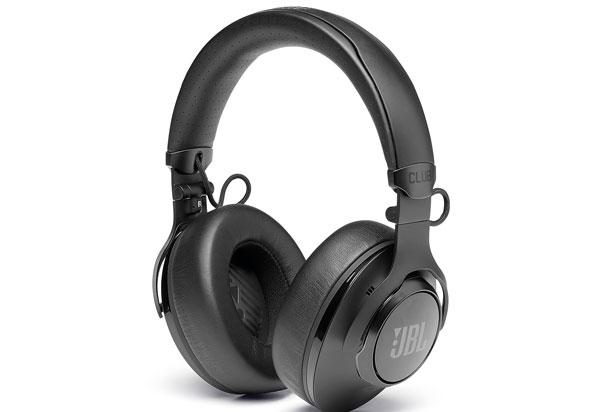
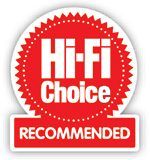 JBL’s noise-cancelling headphones cost a little below the ‘premium’ offerings available without much in the way of meaningful differentiation in the spec. The Club 950NC is a rung down from the flagship Club One and continues to offer a lot of bang for your buck.
JBL’s noise-cancelling headphones cost a little below the ‘premium’ offerings available without much in the way of meaningful differentiation in the spec. The Club 950NC is a rung down from the flagship Club One and continues to offer a lot of bang for your buck.
It’s built around a pair of 40mm dynamic drivers mounted in closed back, circumaural enclosures. If you wish they can be connected via a cable, but JBL sees this very much as a last resort. Wireless operation is supported by Bluetooth 5.0 with 22 hours of wireless and noise cancelling use and 55 hours of Bluetooth alone.
Noise cancelling is controlled using an app for either iOS and Android although the latter is not terribly reliable on test. Compared with systems on devices like Sennheiser’s Momentum Wireless (HFC 455), it is relatively straightforward, with just a single setting augmented by a ‘smart aware’ function that transmits a little more of the outside world to the listener to aid situational awareness and a talk-through mode for conversations. It can also be used for making and receiving calls and with Google assistant and Alexa.
There are some limits to the design of the Club 950NC commensurate with getting the price down to £220. There’s no aptX, AAC or LDAC Bluetooth present and the design is more prosaic than many rivals. It is well built, though, with everything feeling usefully substantial. It is comfortable to wear for extended periods and while the button controls are not terribly intuitive, they do offer a useful selection of functions.
Sound quality
Pairing the JBL is straightforward and the connection, once established, is stable. Tucked inside the app is a feature where you can preselect EQ curves as chosen by various DJs – hence the ‘Club’ part of the name. These can be switched off and then configured by the user if you wish. If you simply leave it set to ‘flat’, the JBL rewards with a performance that is consistently enjoyable.
The lovely World On The Ground by Sarah Jarosz is reproduced in a manner that is smooth and engaging. The tonal balance is slightly warm, lending Jarosz’s vocals a lushness and weight. Compared with a more expensive wired design, some of the fine detail in this recording is not as readily apparent, but the overall balance is retained.
Tweaking the EQ slightly, dropping the midrange and boosting the upper frequencies results in a faster, slightly leaner presentation that sounds more dynamic and exciting with Recoil’s Liquid. Compared with the overall performance that more advanced Bluetooth implementations are capable of, this is more of a ‘big picture’ device and there’s little real difference between using Qobuz and Spotify but, given that these differences are also slight when used over a wired connection, it seems to have been a conscious decision on the part of JBL and ensures it’s forgiving of poorer sources.
Noise cancelling doesn’t have any appreciable effect on the tonal balance, which is a neat trick that has periodically been beyond some affordable designs in the past. The amount of cancellation on offer isn’t as dramatic as some more premium offerings, but it’s sufficient to take the edge off public transport. Like all systems of this nature, it’s most effective combatting consistent noise rather than more sudden dynamic events, but is still able to reduce the perceived background interference by a considerable amount. The voice pass-through and Ambient Aware system also work commendably well.
Conclusion
The Club 950NC isn’t as capable as some more premium rivals, but it represents a useful saving while still offering a significant chunk of their performance, and so represents very strong value for money as a result. ES
DETAILS
Product: JBL Club 950NC
Type: Closed-back, Bluetooth headphone
FEATURES
● 40mm drivers
● Claimed frequency response: 16Hz-40KHz (passive)
● Bluetooth 5.0
 |
Inside this month's issue:
Ruark R610 music system and Sabre-R standmount speakers, PMC twenty.23i Active, floorstanders, English Acoustics Downton preamplifier, Bluesound NODE ICON preamp/streamer, Ortofon Concorde Music Blue MM cartridge and much, much more
|
